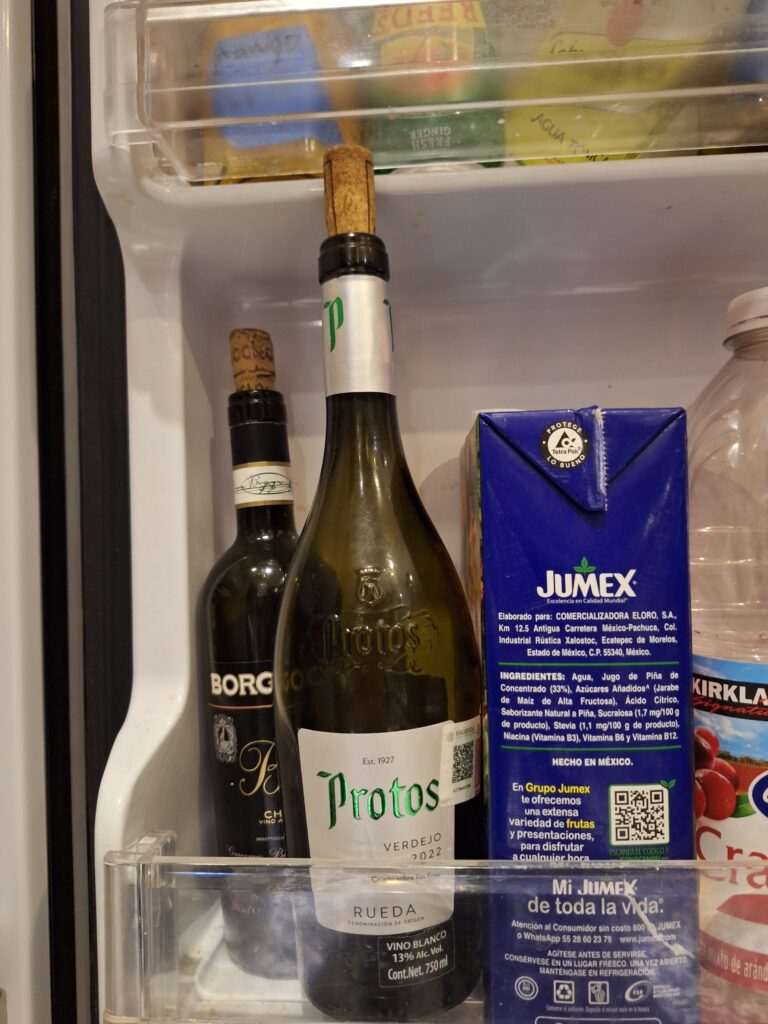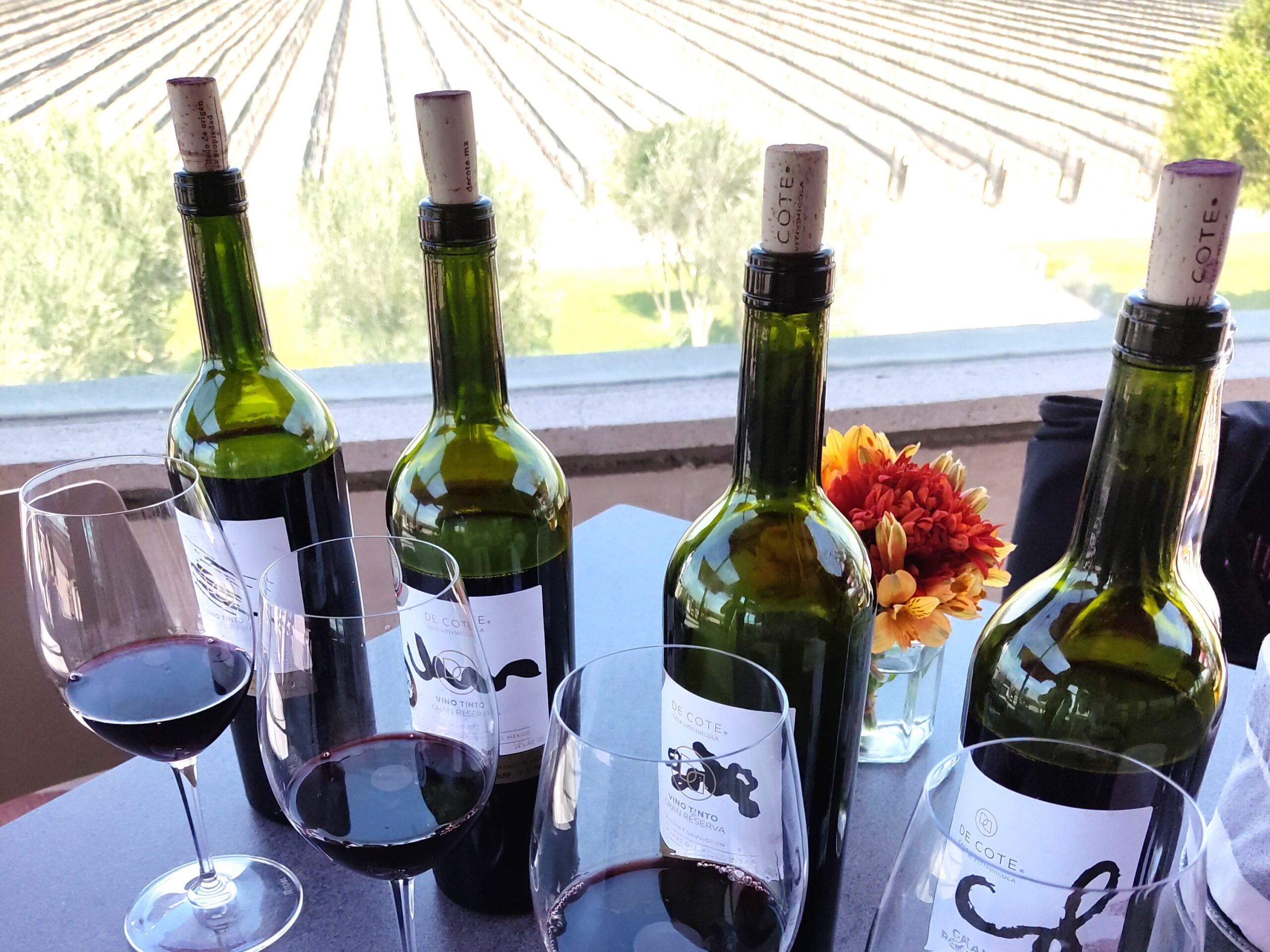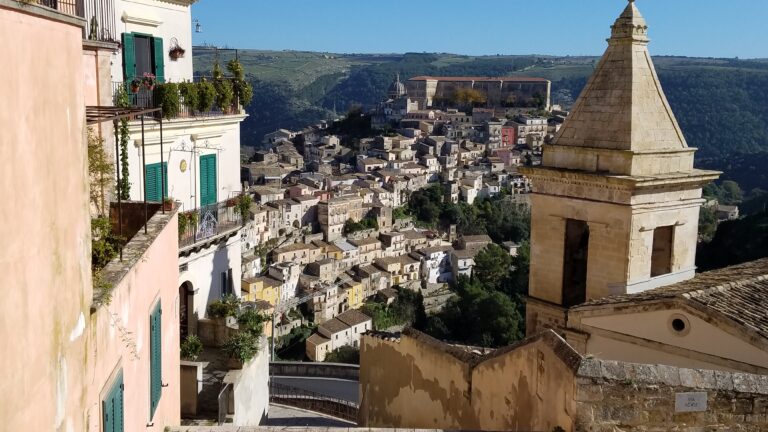How Long Can I Store an Open Bottle of Wine?
Whether it’s Thanksgiving dinner or cozying up on the couch for movie night, the situation always calls for wine. That perfect pop of the cork, the shiny liquid flowing into a glass, and the moment it’s savored in your mouth can make any occasion just that much more special. But as the night wears on and your vision becomes a bit blurry, you realize that finishing that bottle may not happen tonight.
So how should you store your open bottle of wine?
How many days will the wine last?
Will the wine change or go bad?
We are here to help answer your questions and help you save your wine for another day.
Disclosure: Some links may be affiliate links where we receive a super-small commission at no additional cost to you if you click through and make a purchase. We call this our Chocolate & Churro Fund.
Maybe you can finish a bottle in a day, or maybe the next day. But will your wine still taste the same if it’s been a few days between drinking? The answer is yes, and we will share with you not only how to store an open bottle of wine, but so much more.
Let’s get started….
1. How long can an open bottle of wine last before oxidation?
This all depends on the type of wine. Generally speaking, an opened bottle of wine typically lasts between 2 to 5 days before it begins to oxidize and lose its desirable qualities (fruit flavors and aromatics) if it’s stored in the fridge or wine cooler and not continuously opened.

White Wine
White wine can be corked and stored in the refrigerator for 2-3 days. White wine, whether its unoaked or oaked, tends to oxidize faster than red wines and lose their fruitiness and aromatics quickly.
Red Wine
Red wine can last 3-5 days in the refrigerator or cool, dark place. Wines with higher tannins like a Cabernet Sauvignon or Barolo tend to last longer than a light red like Pinot Noir. If a wine seems extremely tannic, giving it a few hours to a few days to oxidize will soften the wine.
Sparkling Wine
Sparkling wine loses its carbonation quickly after opening. Even with a stopper, it won’t be as bubbly and delicious as the first glass. We recommend not opening a bottle of sparkling wine unless you plan on finishing it. If you can’t, cork it with this premium champagne stopper with a longer sealing plug , put it in the fridge, and use it for mimosas or other mixed drinks the next day.
Fortified Wine
Fortified Wines like port, brandy, or sherry can last significantly longer, often 2-3 weeks due to their higher alcohol content and sugar levels. These wines can maintain quality for weeks if stored properly in a cool place like a refrigerator or wine cooler.
2. What is the best way to store an open bottle of wine?

The best way to store an open bottle of wine is to seal it again with a cork or stopper and place it in a cool, dark place like a refrigerator or wine cooler . The cool temperatures slow down the oxidation process. Keep the bottle upright to minimize the surface area exposed to oxygen.
- If the wine came with a screw cap, twist it closed tightly.
- Use the cork again if possible.
- If you can’t use a cork, use one of these premium stoppers .
- If you don’t plan on drinking for a few days, get a wine preservation tool like a vacuum pump or Coravin . Vacuum pumps remove the oxygen out of the bottle. Coravin replaces the oxygen in the bottle with argon gas, creating a protective layer that helps preserve the flavor of the wine for weeks.
While oxidized wine is not harmful, it may develop unpleasant, flat flavors. Therefore, it’s best to enjoy your wine within 2-5 days for optimal taste and aromas.
3. What are the signs that an open bottle of wine has gone bad?
Visual signs, taste, and smells let you know when a wine has gone bad. Don’t worry, this doesn’t happen overnight. As long as the wine was stored correctly (ex. not exposed to heat), it can take several days for these signs to emerge. Here are the key indicators to look for:
Visual Signs
Cloudiness
If a clear wine becomes cloudy or develops a film, this may indicate bacterial activity or advanced oxidation. (Natural wines are typically cloudy because the winemaker did not filter it).
Color Change
Red wines may turn brownish, while white wines may darken to a yellow or brown hue. This color change is a sign of oxidation.
Weird Smells
A sharp odor resembling vinegar, sauerkraut, or nail polish remover caused by acetic acid formation is a strong indicator that the wine is bad. You typically won’t get this unless you forget about the wine for several days.
Taste like…
Wine tends to “open up” the longer it sits in your glass or the longer a bottle is open. You get more of the fruit flavors and aromatics during this time. Lots of different red wines need this aeration process to display the true nature of the wine.
But if a bottle is drank over a few days, you will notice that it loses some of those characteristics. White wines can lose their freshness, and red wines may taste flat. You’ve probably noticed this at restaurants where a bottle may have been open for several days.
Restaurant Tip:
If you order a glass of wine that you are familiar with at a restaurant, and it doesn’t taste like it should, let the server know. A good restaurant will open a new bottle for you.
Let’s Recap:
Never let a good bottle of wine go to waste. If you can’t finish a bottle of wine, close it tightly, store in a cool, dark place, and make sure to drink it in the next 2-5 days. If that’s not possible, make sure you have some type of preservation system to keep the wine showing at its best. Cheers!











